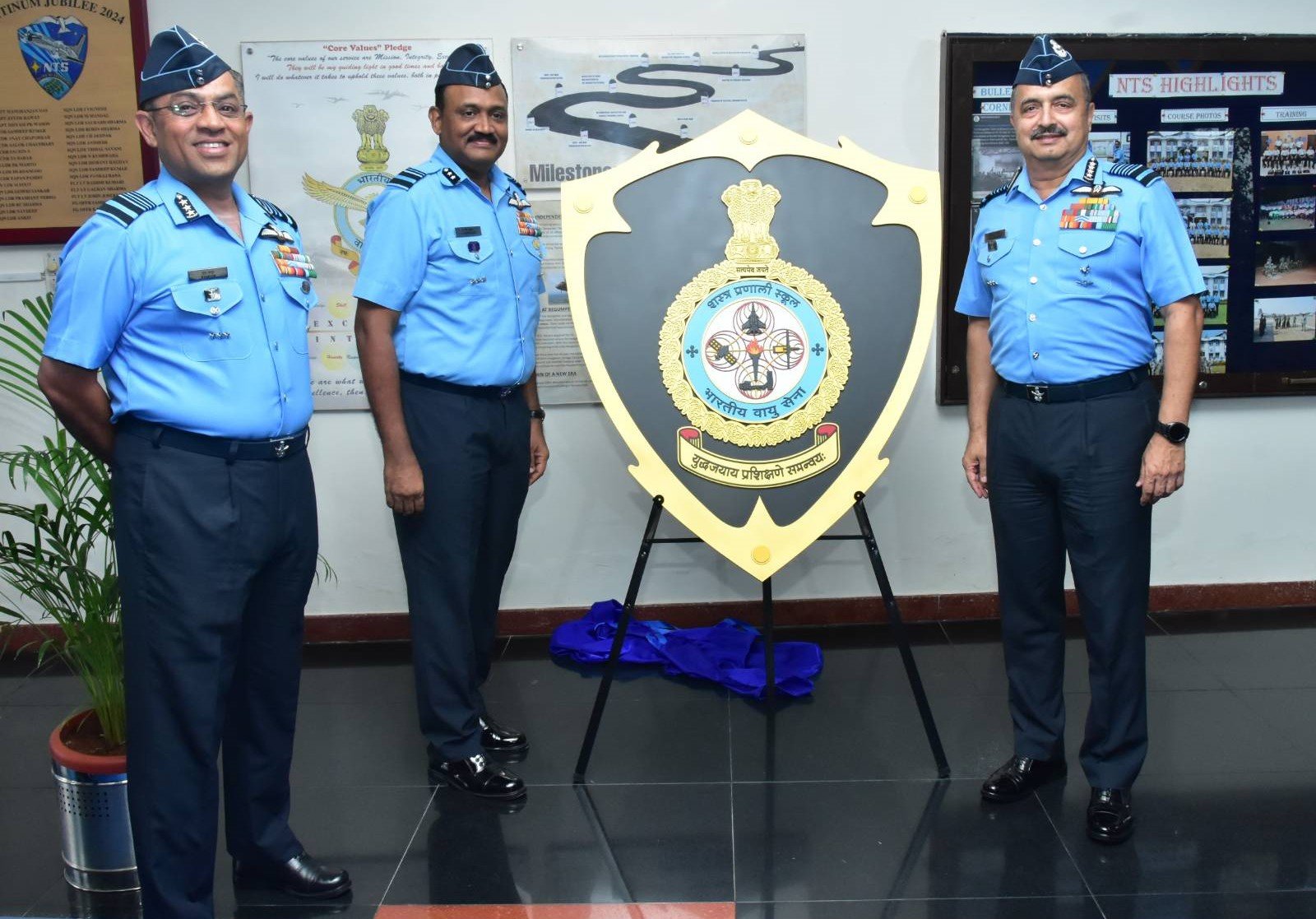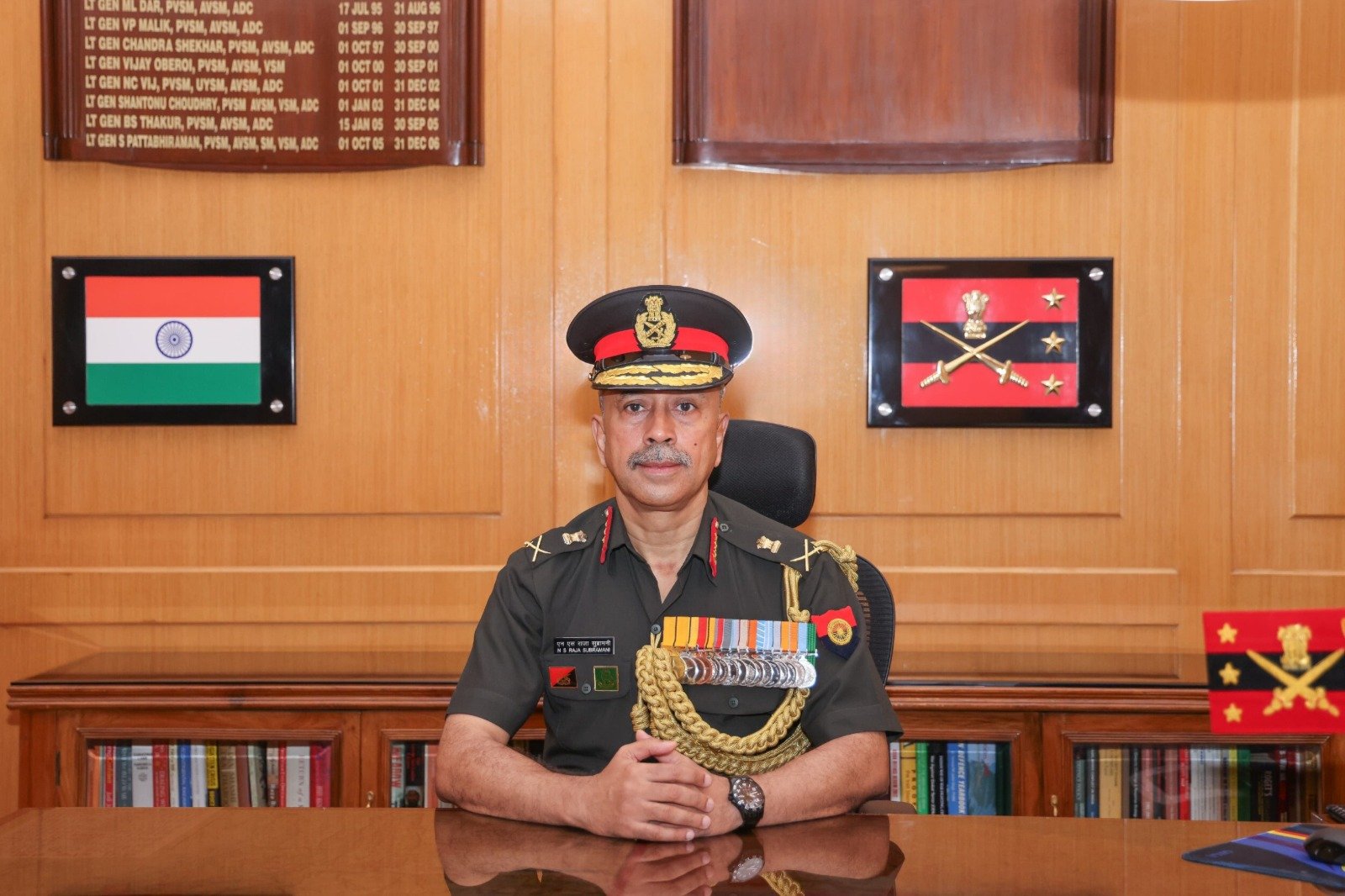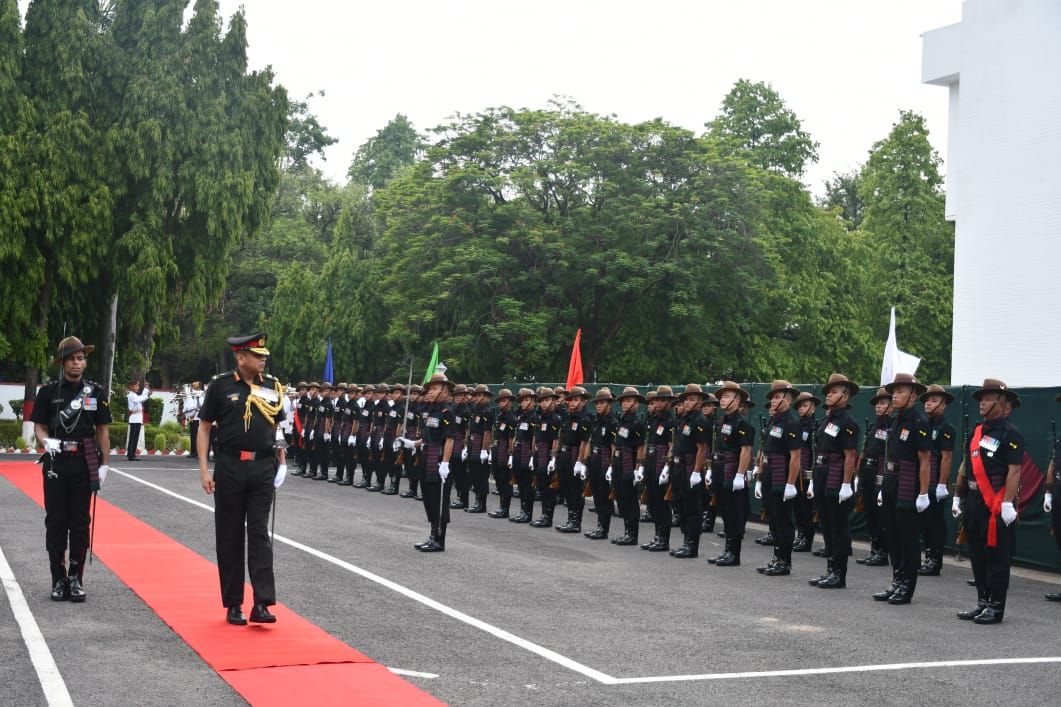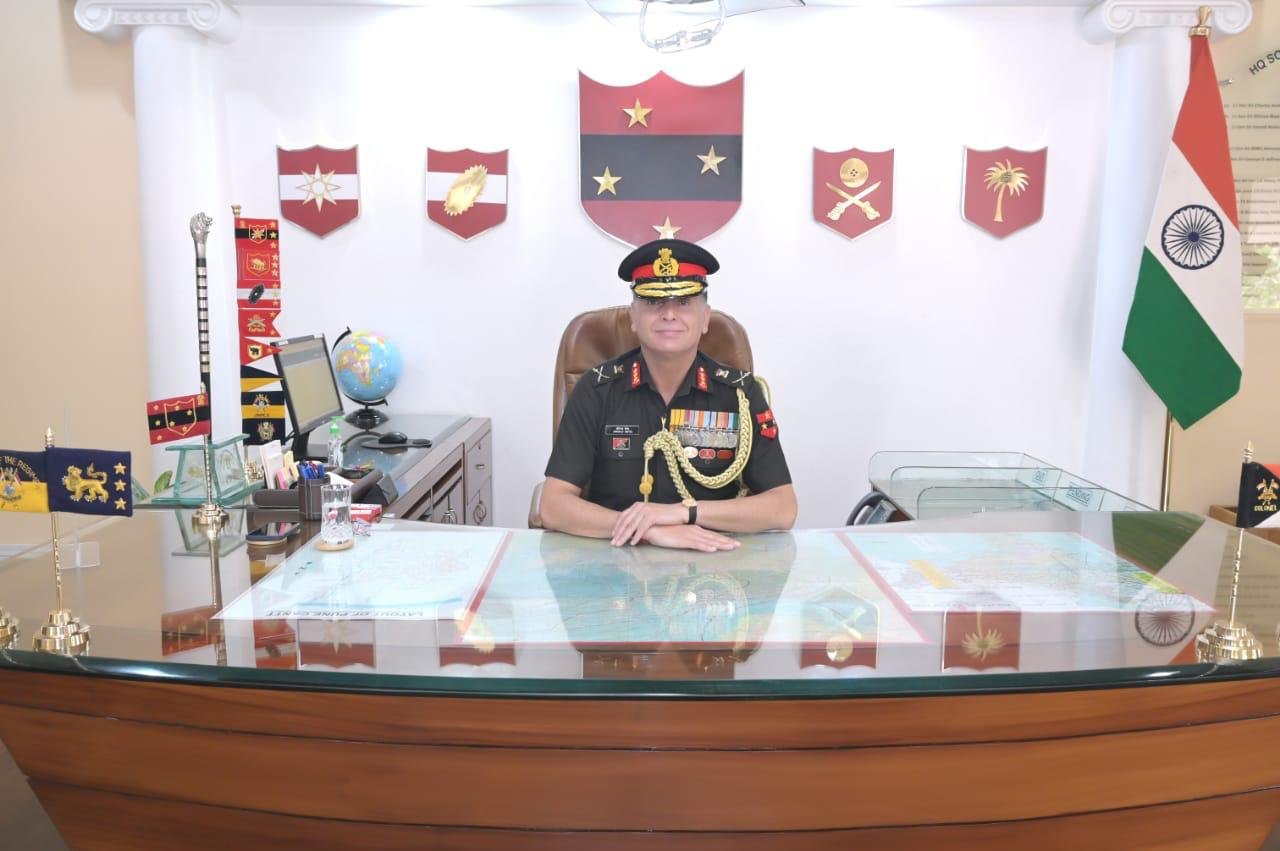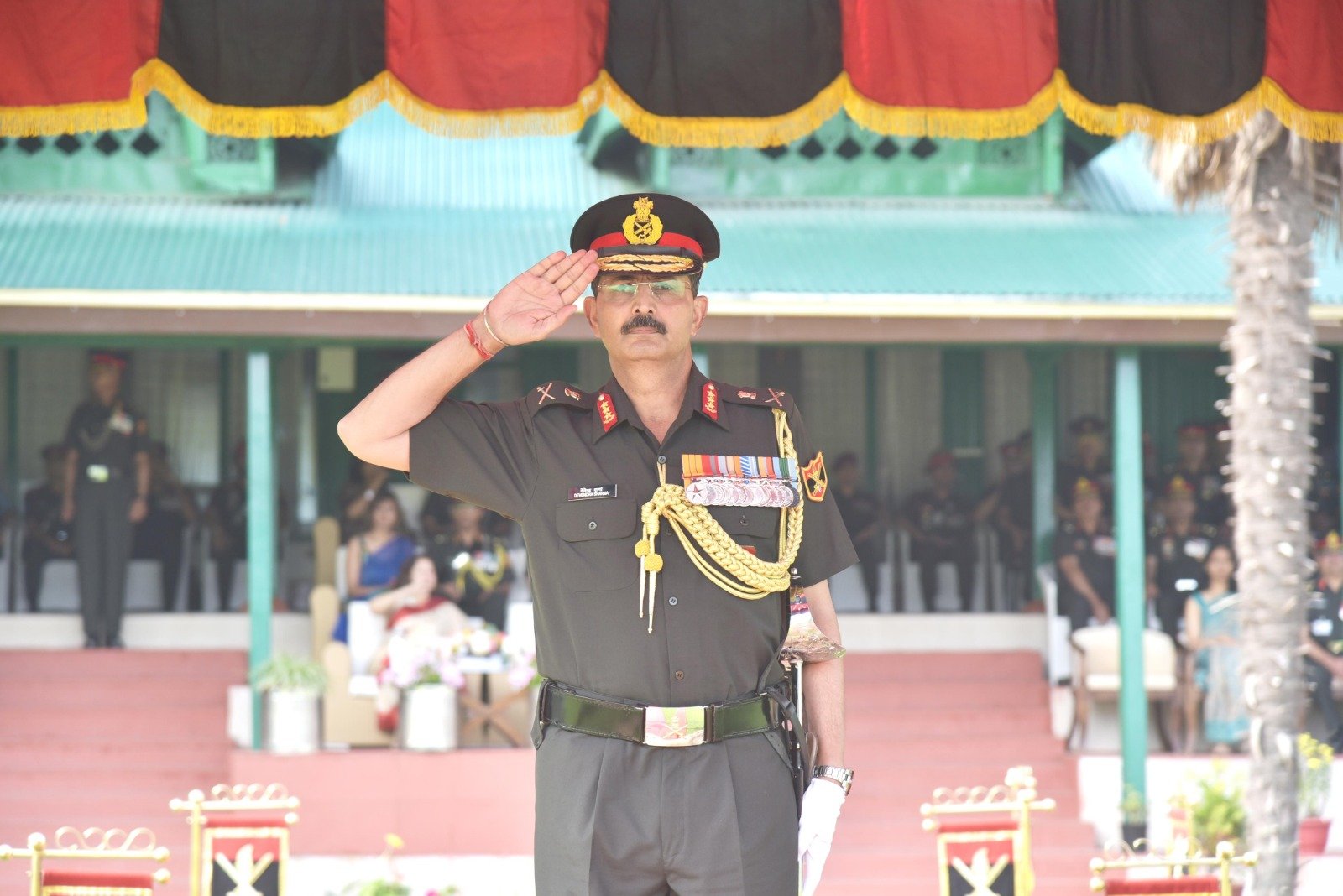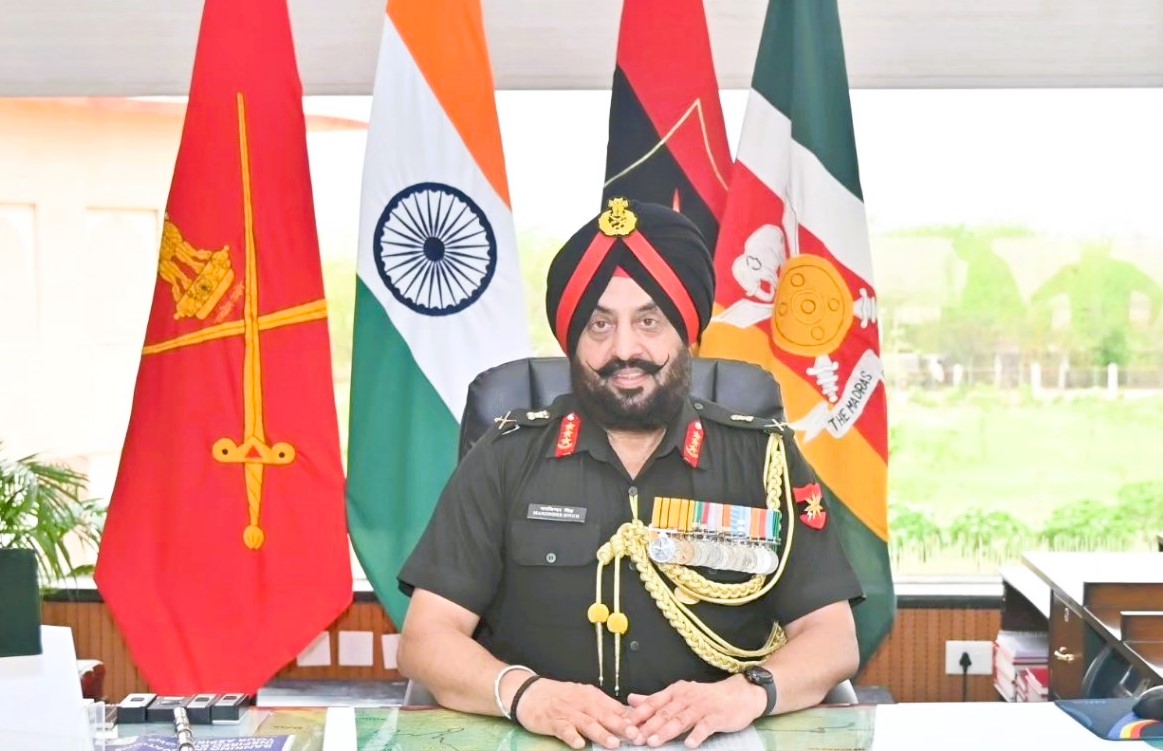Air Chief Marshal VR Chaudhari Inaugurates Weapon System School at Begumpet, Hyderabad
The Indian Air Force (IAF) has marked a significant milestone with the inauguration of the Weapon System School (WSS) at…
Lieutenant General NS Raja Subramani Appointed Vice Chief of Army Staff
Lieutenant General NS Raja Subramani, PVSM, AVSM, SM, VSM, has assumed the prestigious role of Vice Chief of Army Staff…
Lieutenant General Anindya Sengupta Takes Charge of Central Command
Lieutenant General Anindya Sengupta, UYSM, AVSM, YSM, has assumed command of the Central Command of the Indian Army in a…
Lieutenant General Dhiraj Seth Assumes Command of Southern Command
Lieutenant General Dhiraj Seth, AVSM, has officially taken charge of the Southern Command of the Indian Army. The change of…
Lieutenant General Devendra Sharma Takes Helm at Army Training Command
Lieutenant General Devendra Sharma, AVSM, SM, has taken command of the Army Training Command (ARTRAC), marking a significant leadership transition…
Lieutenant General Manjinder Singh Takes Command of Sapta Shakti Command
In a distinguished ceremony held at the Jaipur Military Station, Lieutenant General Manjinder Singh, AVSM, YSM, VSM, officially assumed command…

